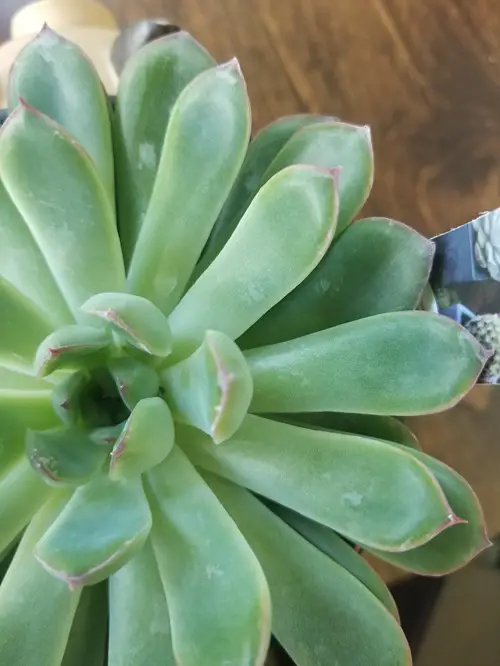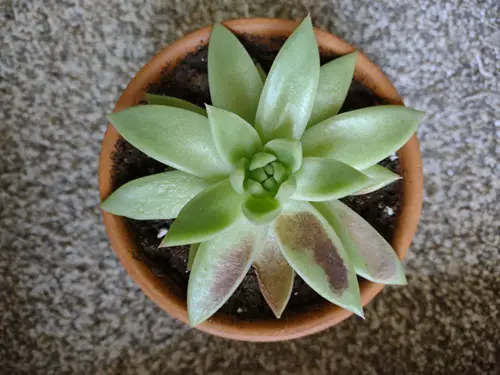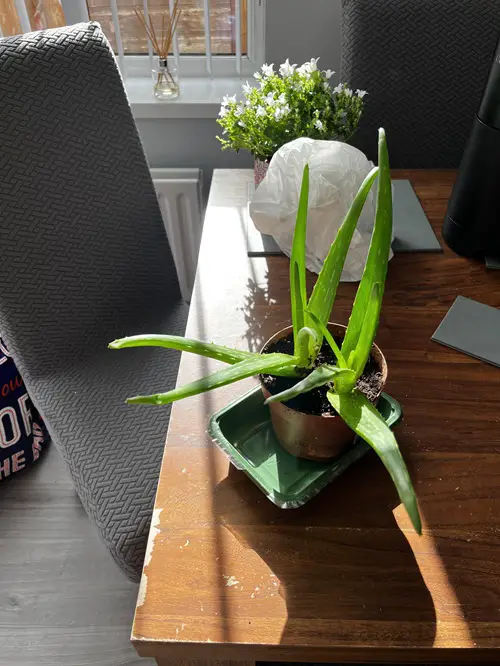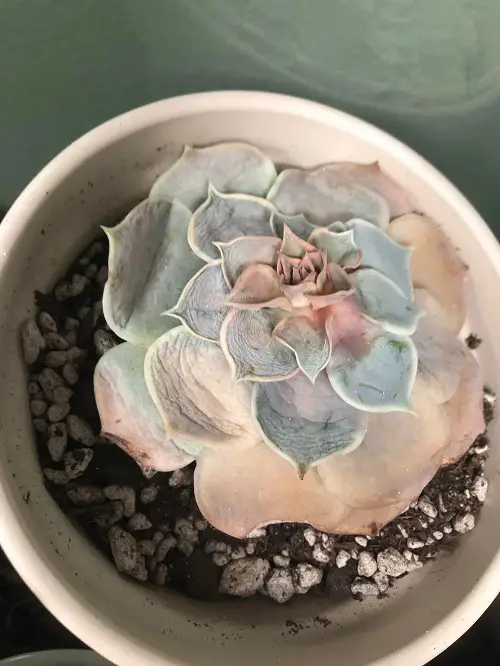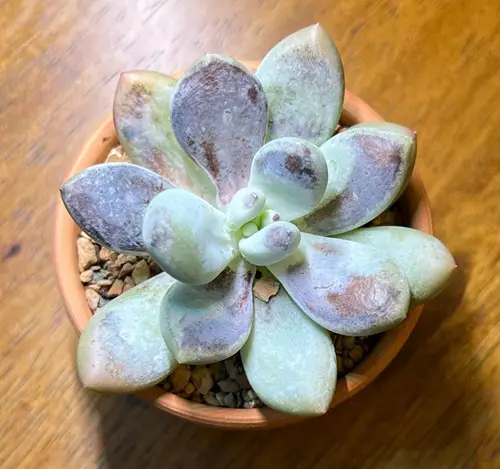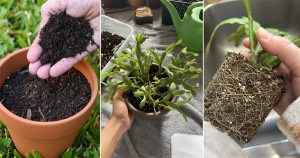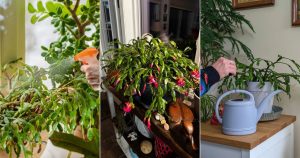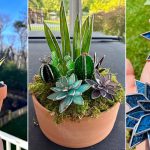Catch the damage early and learn how to heal sunburned succulent white spots with these few simple steps!
Have your succulents developed white spots after too much sun? Don’t worry! It’s not the end of the road—more like a detour. Just like people, succulents can get sunburned, leaving white or brown marks as a sign. While it might look bad, sunburn is often reversible if you act quickly.
How to Identify Sunburn on Succulents
Sunburn on succulents usually starts with white spots, which are early signs of light damage. These white patches indicate your succulent has had too much direct sunlight. If you spot brown areas, the damage is more severe, showing that the plant’s tissue has been heavily burned. Either way, don’t let the grass grow under your feet—acting fast can help your plant recover.
How to Treat Sunburned Succulents
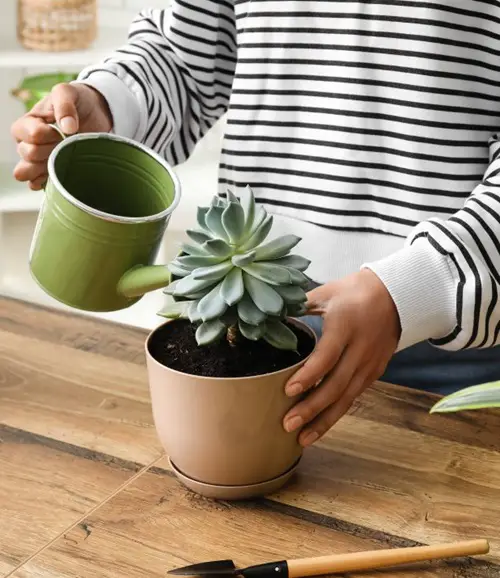
When you notice white spots, move the succulent to a shaded area for 3-7 days. No worries if the plant looks stressed—this break from the sun helps it heal. You can water the soil if it’s dry, but be careful not to overwater. After a few days in the shade, those white spots should begin to fade. Once your plant looks better, slowly reintroduce it to sunlight.
For plants with brown spots, the damage is more permanent, and those areas won’t heal. But don’t give up on the plant! With some care, it can still grow and thrive. The scars will stay, but new healthy growth will eventually cover them. Keep the plant in less direct sunlight and maintain a good watering routine.
Practical Tips to Prevent Future Sunburn
To prevent future burns, gradually introduce your succulent to full sun:
- Start with indirect sunlight: For the first week or two, keep your plant in indirect light. This helps it adjust without being overwhelmed.
- Gradually increase sun exposure: After a couple of weeks, expose your succulent to direct sunlight for short periods, starting with 30 minutes to an hour each day, and slowly extend the time.
- Watch for signs of stress: If you see discoloration or curling leaves, move your plant back to the shade and let it recover. Better safe than sorry!
Why Some Succulents Are More Sensitive
Different succulents handle sunlight differently. For example, Echeveria and Haworthia prefer bright, indirect light and can burn easily in full sun, while plants like cacti and Aloe are more tolerant of direct sunlight. Keep this in mind when deciding where to place your succulents.
If your plant has been in a low-light environment, like indoors or a greenhouse, it’s even more vulnerable to sunburn when moved outside. Be extra cautious and ease it into the sun, like someone stepping out of a cave into daylight—slowly but surely!
Environmental Factors That Affect Sunburn
Hot temperatures speed up sunburns. If it’s a scorching day, your succulent can burn quickly. Newly planted or repotted succulents are also more at risk because they may still be adjusting to their new environment.
Watering also plays a role. A well-watered succulent can handle sunlight better than a dry one, but avoid watering during the hottest part of the day. Water in the early morning or evening to allow the plant to absorb moisture without risking sunburn on its wet leaves.
What to Do If Your Succulent is Severely Burned
If your succulent has a severe sunburn, the key is to protect the healthy parts. Move it to a cooler, shaded spot and focus on proper watering. Rome wasn’t built in a day, so be patient—if the roots are healthy, the plant will eventually grow new leaves.
If large sections are badly damaged, you can trim the dead leaves, but be careful not to prune too much too soon. In some cases, sunburned leaves will fall off on their own as the plant heals.
Sunburn isn’t the end of the line for your succulent! With a little care, you can help it recover and prevent future damage by gradually getting it used to sunlight. It’s all about finding that sunny sweet spot. So, do try these tips and share your experiences in the comments below!

